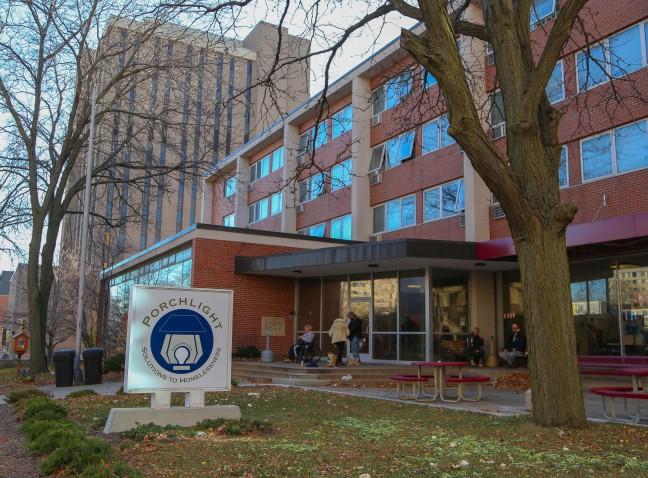I think it’s safe to say that Madison has its fair share of homelessness and poverty. One of the best ways to solve these problems is to assure housing, which is what Madison is considering doing.
Three affordable housing projects are being considered to specifically target resident population, placing an emphasis on specific sectors of senior housing, such as grandparents raising grandchildren given priority admission.
These projects all fall under the umbrella of Mayor Paul Soglin’s commitment to increase affordable housing by 750-1000 units in the next five years. This will be accomplished through a creation of a $20 million affordable housing fund, which is used to take advantage of federal low-income housing tax credits to help finance new developments.
Of course, what would be even better is not only getting broader access to affordable housing for low-income but providing permanent housing for the homeless as well.
From streets to housing: City looks to relocate homeless into more permanent situations
What the federal affordable housing initiatives do is provide a voucher to individuals, administered by the states and localities, who in turn give it to housing lenders at these affordable housing projects to pay for rent. Permanent housing, on the other hand, is getting homeless people back into housing as quickly as possible, without requiring them to meet preconditions such as employment, income, absence of criminal record or sobriety.
Permanent housing isn’t being ignored either. In the 2017 Capital Budget, there is a proposed $4.5 million for affordable housing, some of which will go to the Affordable Housing Fund, in which a portion helps permanent housing.
‘Cap and trade’ is best solution to solve affordable housing crisis in Madison
There is a strong case for establishing and expanding permanent housing for homeless populations. Residents, on average, are less likely to use drugs, have a higher quality of life and experience more housing stability. In Canada, a permanent housing initiative called Housing First was implemented, which ended up saving the country money overall. When investing $10 in Housing First, overall cost savings were $7 per person, but among the highest risk individuals, savings were $22 per person. That’s bang for your buck.
Aaron Reilly ([email protected]) is a sophomore majoring in social work and economics.














